Last month, I regaled you all with my recent travels around Britain, including the Outer Hebrides. Today, I wanted to indulge in the greatest trip of my life. Namibia.
I departed as a solo traveller, and took literally thousands of pictures, overwhelmed by the indescribable beauty, but nothing will fully capture the sheer vastness and stunning nature of the landscape. The golden sands inflamed by crimson sunsets, the night sky a portal to the entire Milky Way, unfathomable miles of untouched desert. The experience was unforgettable. I would recommend it above anything else.
As of the 1st September, Namibian borders re-opened, ending their emergency COVID-19 measures. Sadly, travel is still not possible from the UK, with travel corridors now closed, but when that possibility returns, it makes for an incredible destination.
I left the UK alone, but organised my trip to work with the Naankuse project, which has been sponsored by the Jolie-Pitt foundation. Founded in 2006, they have consistently pursued the mission of preserving Namibia’s land, cultures, and wildlife, often rescuing threatened species. Naankuse means ‘God will protect us’ in the San Bushman language, and was the name given to the first property purchased, a farm on the outskirts of the capital Windhoek, now transformed into a wildlife sanctuary. Their sites also include the Lifeline Clinic, serving local people, the Neuras Wine and Wildlife Estate, Kanaan Desert Retreat, and Shiloh Wildlife Sanctuary. Being a solo-traveller, I was free to explore them at my own pace.
My first nights were passed on the Naankuse farm sanctuary, as I was inducted into Namibian life. Summer witnesses daytime temperatures regularly rise over 35˚, though I went in their winter. Instead, I was treated to balmy 28˚ days, though, especially in the desert, they would often be replaced by 4-7˚ nights.
The very first afternoon, I was taken on a game drive, on which we stumbled across one of the few remaining wild rhino pairs.

Some of the last remaining white rhinos 
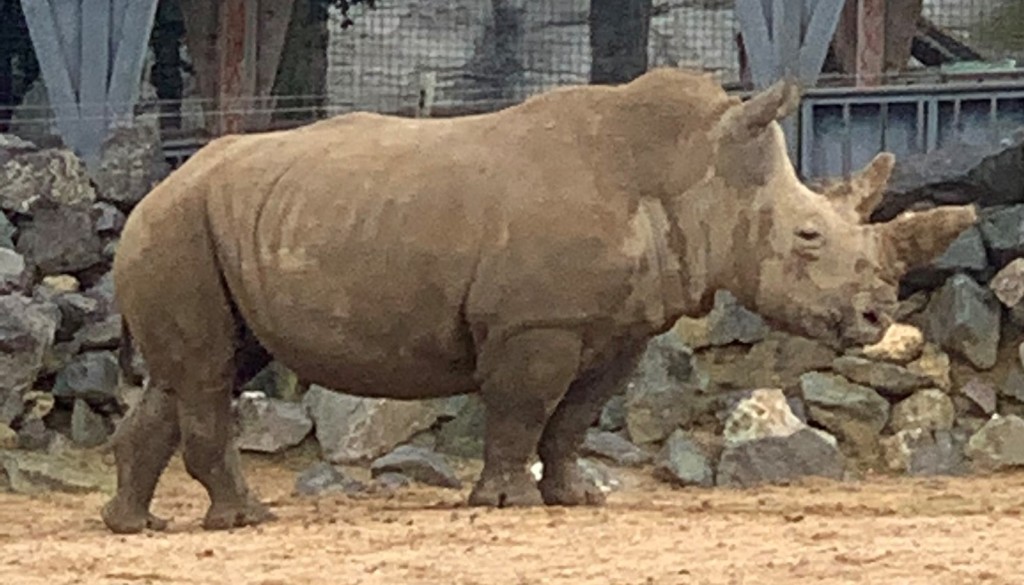
Colchester Zoo’s black rhino for closer comparison
The quality is regrettably low, since, by law, we could go no closer than within 100 feet. Owing to the immense issue of rhino poaching, survivors receive 24h protection, from armed teams comprising of retired military veterans, and expert trackers.
On the same drive, I was delighted to see my first cheetah, much of the motivation for my trip – you’ll have to keep reading for dynamic, cheetah-hunting shots!

A collection of farm friends 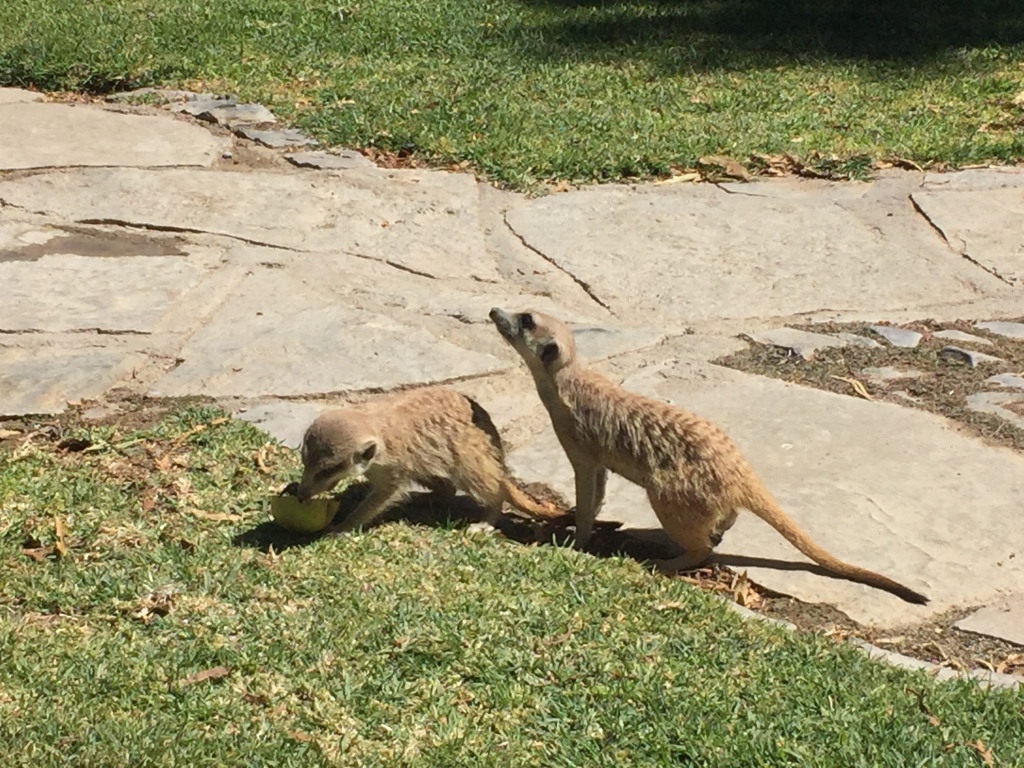
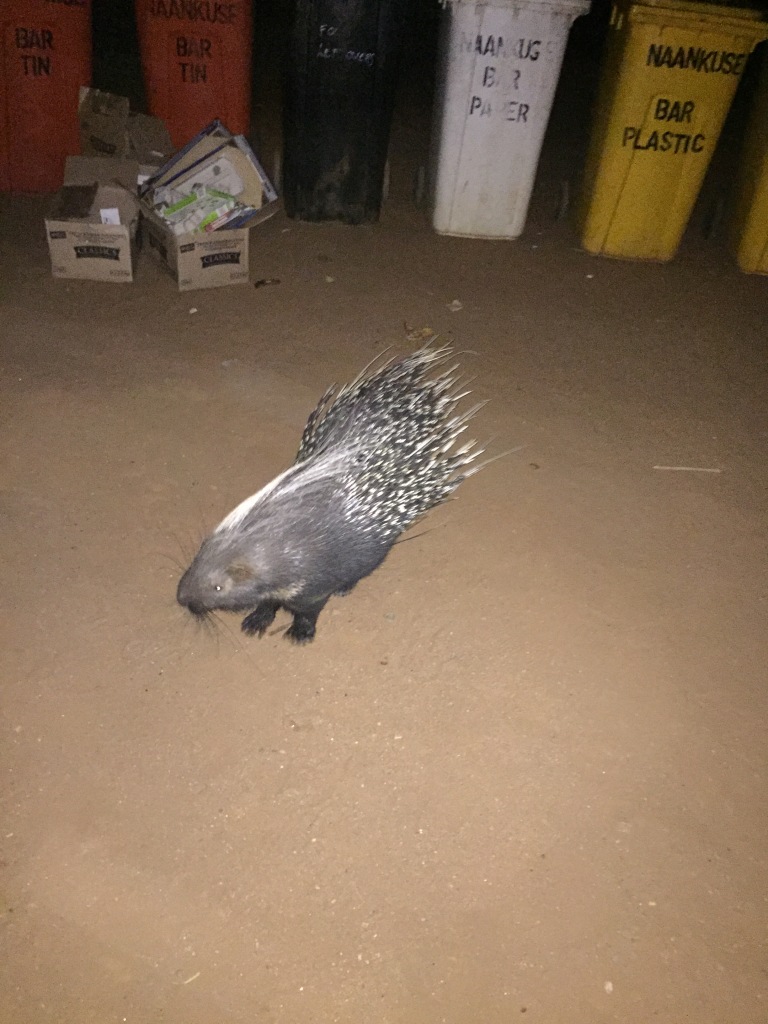
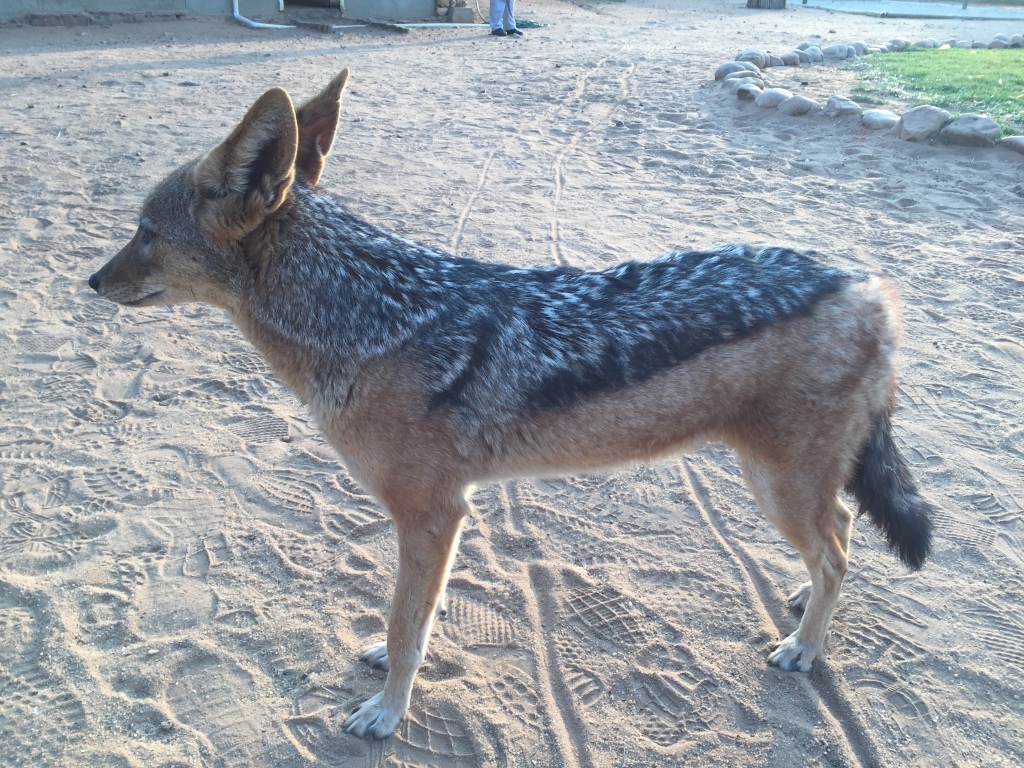
In serving as a wildlife sanctuary, the farm operates a baboon orphanage. Since baboons are classified as pests in Namibia, they cannot be rewilded, so, instead, when rescued they enjoy a lifetime of luxury amongst caring people. Part of my duties involved walking them for regular exercise into the bush. Babies would cling to our stomachs, or hold our hands, whilst the adults wrestled in nearby trees.
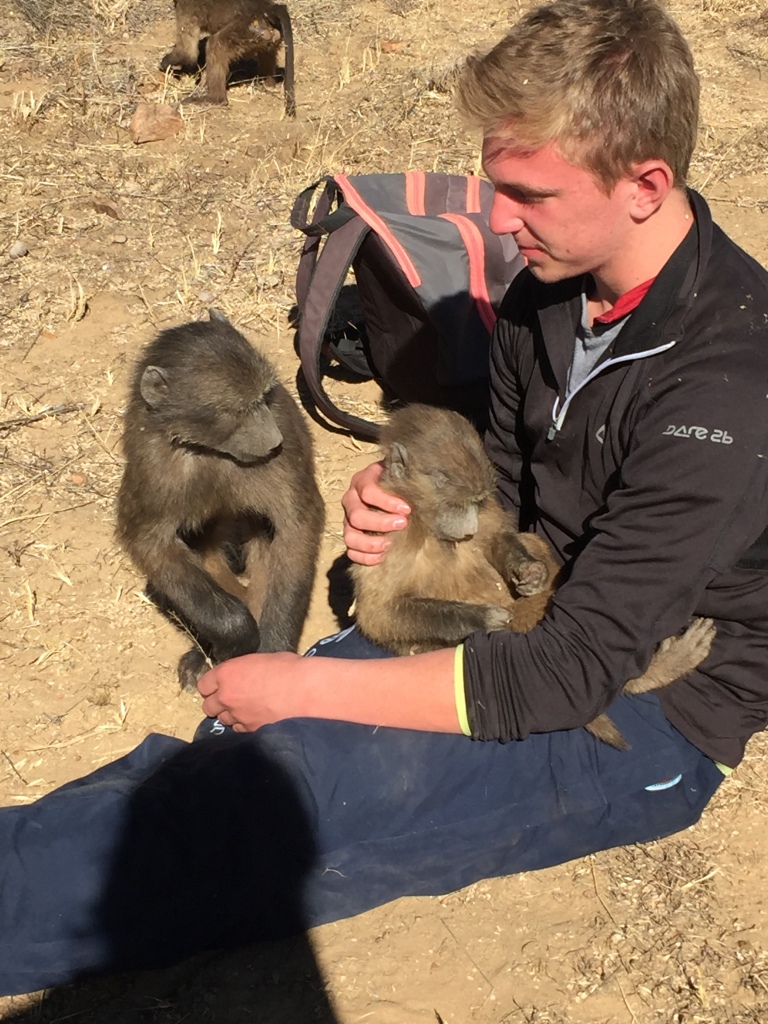
As potentially problematic as cute, they did also have a tendency to excrete, alongside other bodily urges, without regard for where they were sitting…
From the farm, I travelled 200 miles south, into the heart of the Namib desert, to Kanaan. One of my favourite places on Earth.
Looking back at the first sunset still draws my breath away. An infinite plain of tall savannah was scorched by an enraged sun, bathing the entire scene in deep, vibrant orange. Always descending quickly, the sun’s presence isn’t soon forgotten, painting sensational hues of red and yellow flicked carelessly across the sky.
Needless to say, I was enraptured by the breath-taking landscape. It was a blessing, to awake each day to this indescribable picture of beauty.
Working at Kanaan involved a variety of activities, involving both research and conservation. Funded by Colchester Zoo, the specific scientific project conducted during my visit was an investigation into the territorial habits of brown hyena, a deeply misunderstood animal.
Another Colchester friend, but still a hyena
Hyena often draw stereotyped hatred, arising from their depiction in the Lion King. In truth, they are far from their cackling, villainous cinematic counterparts, being instead highly intelligent animals living in large, matriarchal family networks which value their elders, and banish any troublesome young males. In relation, they are much closer to the mongoose than dogs, despite appearances. Typically regarded as vulture-like scavengers, they are instead opportunistic omnivores, and actually consume close to 70% of their meat from their own kills. With a force of 1,100 PSI (pound/ square inch) they also possess one of the strongest bites of any animal, capable of penetrating bone or metal.
During my stay, a hyena inadvertently found itself caught in a baited cage intended for leopards. The surrounding camera traps demonstrated that, whilst trapped, family members continually returned, displaying empathy, and attempted differing prison-break methods, from tunnelling to pulling the bars using teamwork. When successfully released, the hyena gratefully returned to its clan.
Research comprised of several, complementing elements. We would regularly walk through the bush, scanning for footprints or other animal markings, like scat, alongside game drives that enabled us to cover more ground. This introduced us to the plethora of native species, including the populous oryx, springbok, and ostrich, and the more elusive leopards and cheetah.
Occasionally, these game drives would also be conducted on horseback, a magical experience of connection with the land.

Many of these walks also crossed motion-activated camera traps, which collected images in our absence. This provided fantastic insight into the natural activities of the animals, occasionally capturing smaller or nocturnal residents, like foxes and mongoose, or the other bird species, including Lappet-faced vultures, falcons, and secretary birds.

In an attempt to gain closer access to the hyena, a bait site was littered with oryx carcasses, and a small hut was constructed nearby, out of an upturned corrugated water tank. I was fortunate (or unfortunate, depending on your perspective) enough to stay overnight in this hut, in the bush, waiting and watching for any movement. Wearing five layers, and double-bagged in two sleeping bags, it was still intensely cold. But there was a divinity lurking in the perfectly pure stillness, lit by a glorious and unfettered night sky alive with the entire cosmos, and the sense of complete distance from any other living creature. Sadly, nothing was curious enough to investigate, with the possible exception of a juvenile jackal, but it was a thoroughly enjoyable night.
My temporary accommodation…
An equally important, dual-mission of the project was conservation, alongside research. Much of the land owned by the Kanaan Estate had previously served as farmland, and was subsequently riddled with chain-link fences. This proved problematic, by interrupting the natural migratory patterns of animals which, in desperation, often attempted to bypass these fences by jumping through them. All too often, scattered carcasses could be found along the fences.
The solution was to remove fences wherever they were unnecessary, and replace them with a modified design in other locations. Along roads, fences were maintained to discourage off-road driving, since churning wheels destroyed the nutrient content of the soil, requiring hundreds of years to recover. Instead, we constructed strong, single-wire fences, easily navigable by the animals, but enough to direct people onto the prescribed routes.
Of course, the project was not all work. The atmosphere proved perfectly conducive to creativity, allowing this trip to be my first opportunity to really write, consistently, every day, just for fun. The group I met in Kanaan were lovely, and together we enjoyed sundowners and sunrises, film and games nights. One documentary in particular, the Ivory Game, delivered a powerful commentary on the illegal ivory trade, and is a fantastically interesting watch even if the subject matter doesn’t immediately strike you as interesting.
The Kanaan Estate also cared for two, semi-wild cheetah, which had been rescued from neighbouring farms. Sadly, the big cats we so vehemently admire in the UK are persecuted as pests by local farmers, for ravaging their livestock. One initiative developed by the Kanaan team was an education programme, convincing farmers to live more symbiotically with large cats, and an incentive to report them for collection by the Kanaan Estate, instead of shooting them.
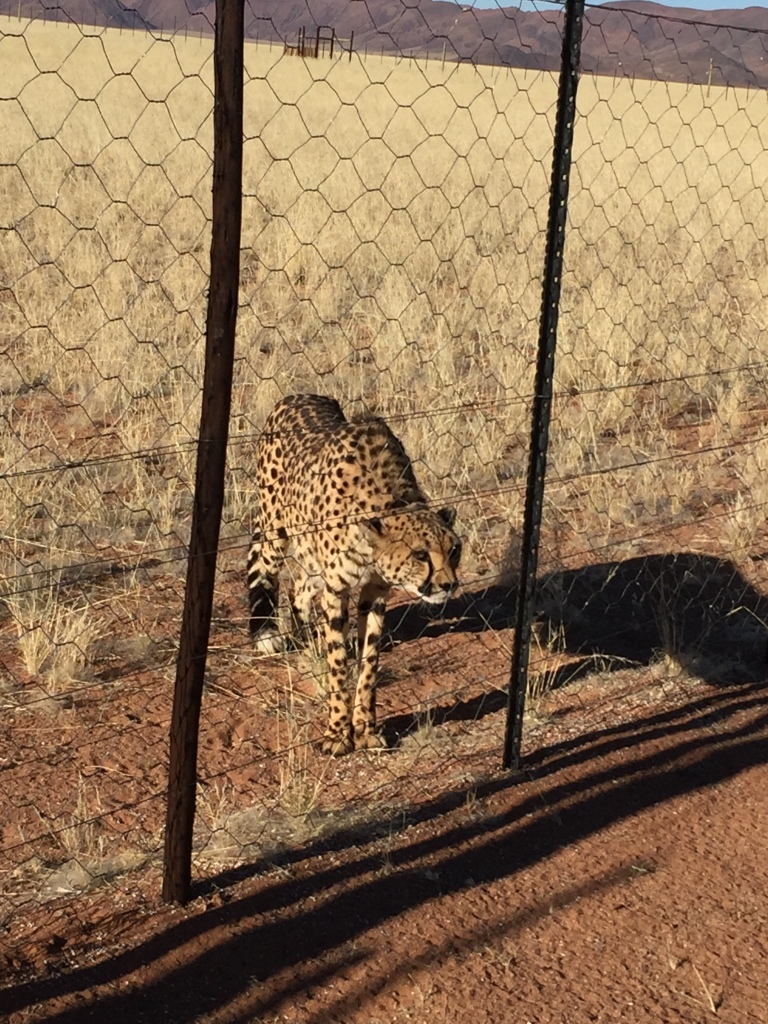
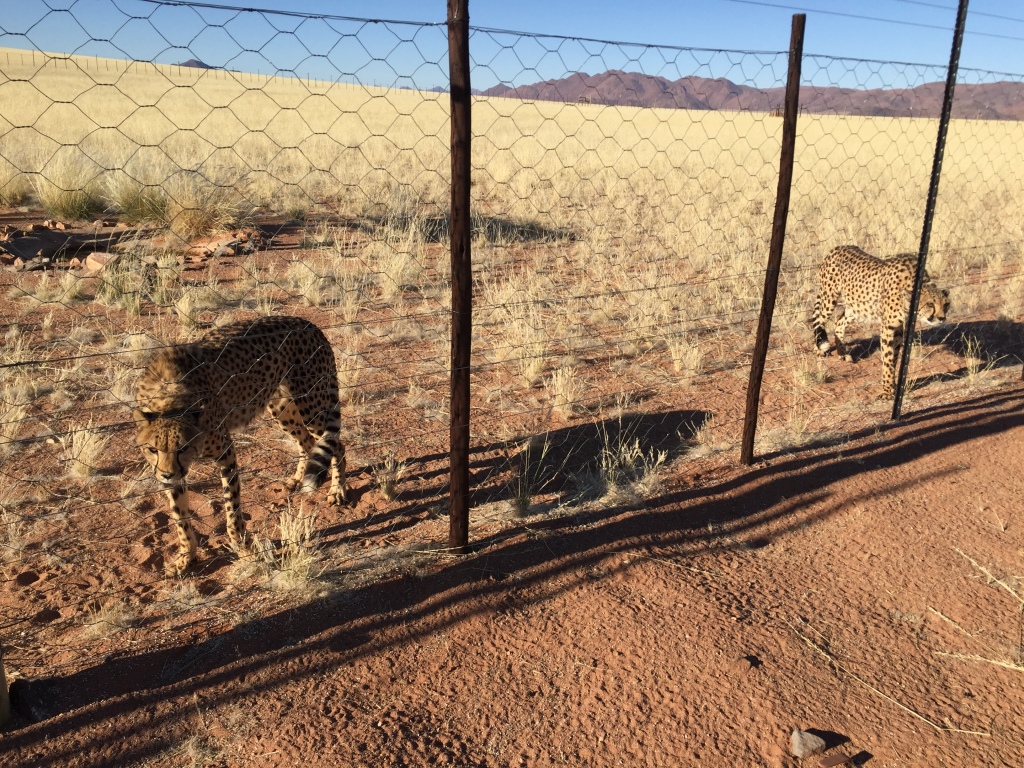
They were cared for with a view to being rewilded, though might have been too familiar with humans for this to have been safe.
My two short weeks in the Kanaan Estate were followed by a week in the Neuras Wine and Wildlife Estate, after I travelled into the shadow of the blue-ridged Naukluft Mountains. Here, the landscape was more severe, undulating, and rocky, home to greater numbers of leopards and antelope species.
Many of the activities were similar, though Neuras boasting an expanding garden plot dedicated towards Forest Rejuvenation, which was accepted into the Queen’s Commonwealth Canopy in 2016, in a ceremony attended by Sir David Attenborough.
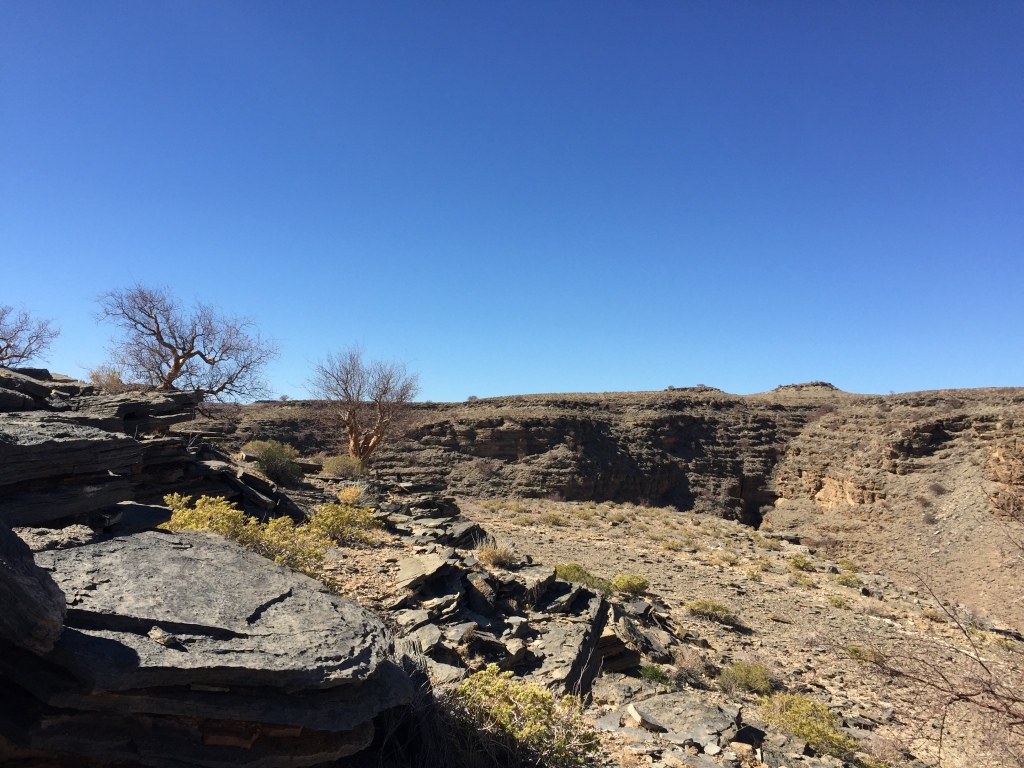
Here, in addition to gardening duties, also lay some responsibility for caring for piglets, delivered during my stay.
The other, arguably more exciting Neuras inhabitants, were seven, relatively tame, cheetahs. They had been too desensitised to humans to ever be released, so instead occupied an immense enclosure near the estate. Each day, we prepared food for them, and entered the enclosure via jeep. All seven would hear us coming, and pace by the gate, before chasing us in high speed pursuit towards a central platform from which they were fed.
At the platform, they would continue to pace and snatch at food, often trying to jump up alongside us. Despite their size, cheetahs aren’t actually very strong, quite easily intimidated by humans, so it was perfectly safe. My closest call was an impatient swipe at my heels.
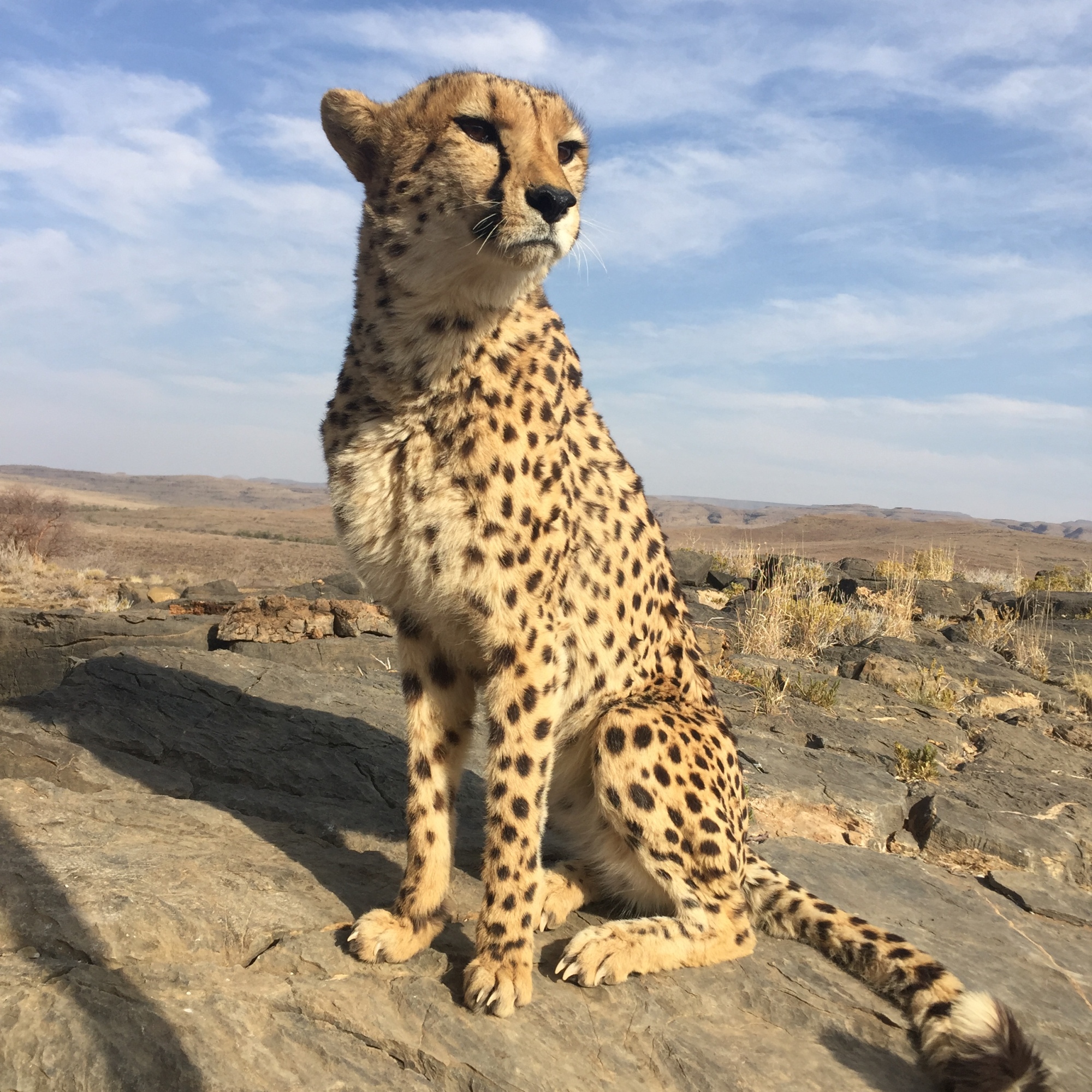
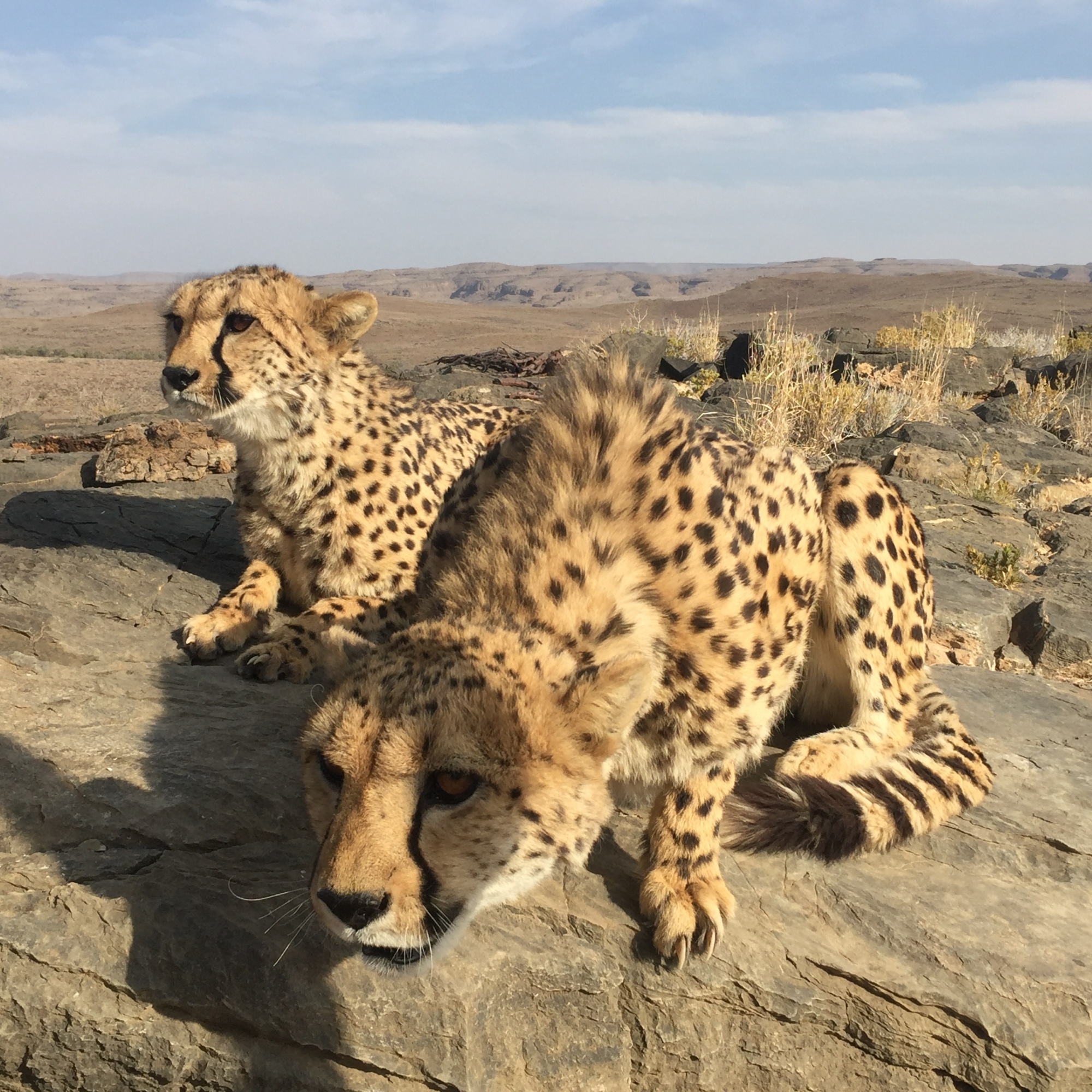
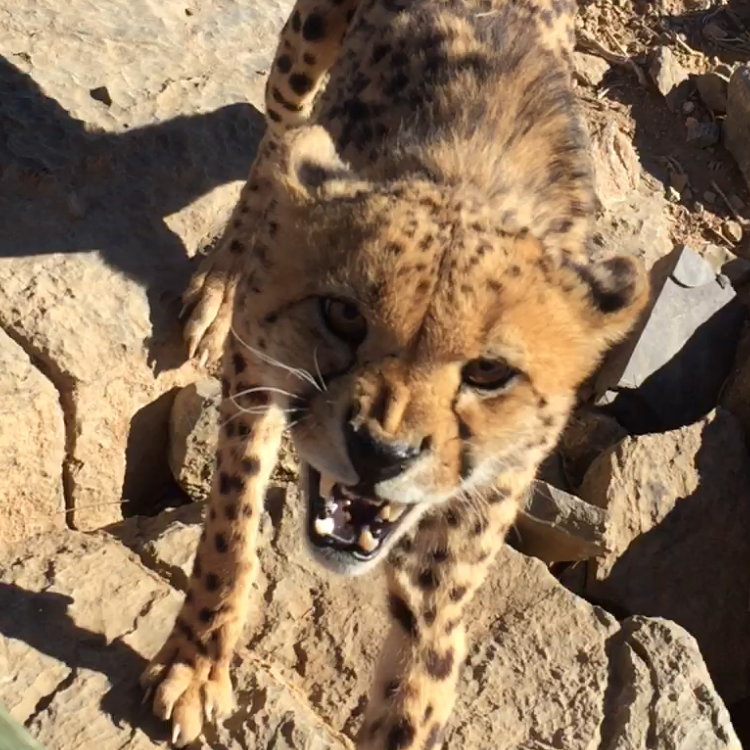

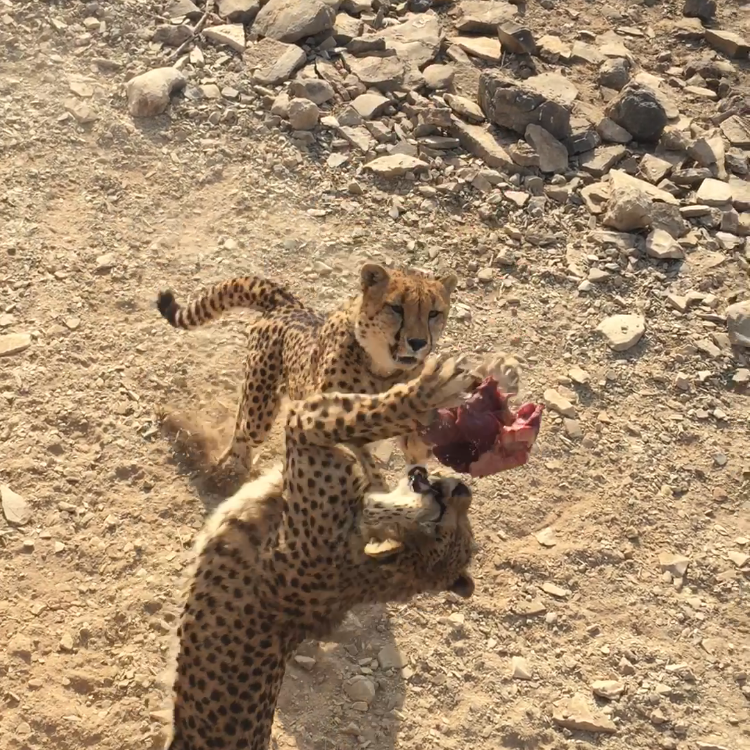

Part of the Naankuse ethos is prohibiting any selfies taken with their cheetahs, intended to promote appropriate attitudes when interacting with wild cats. The focus of the project was always on selflessly helping, not indulging in a superficial, touristic experience. Unlike other countries, like South Africa, it is illegal to touch large, wild animals like cheetahs in Namibia, as well.
From Neuras, I also enjoyed a game viewing trip into the famous Naukluft National Park, witnessing both Burchell’s and Hartmann’s Mountain zebra, kudu, duiker, wild baboons, and an African black eagle. Another day trip I will not soon forget was to the immense sand dune of Sossusvlei, towering over an immense clay bed.




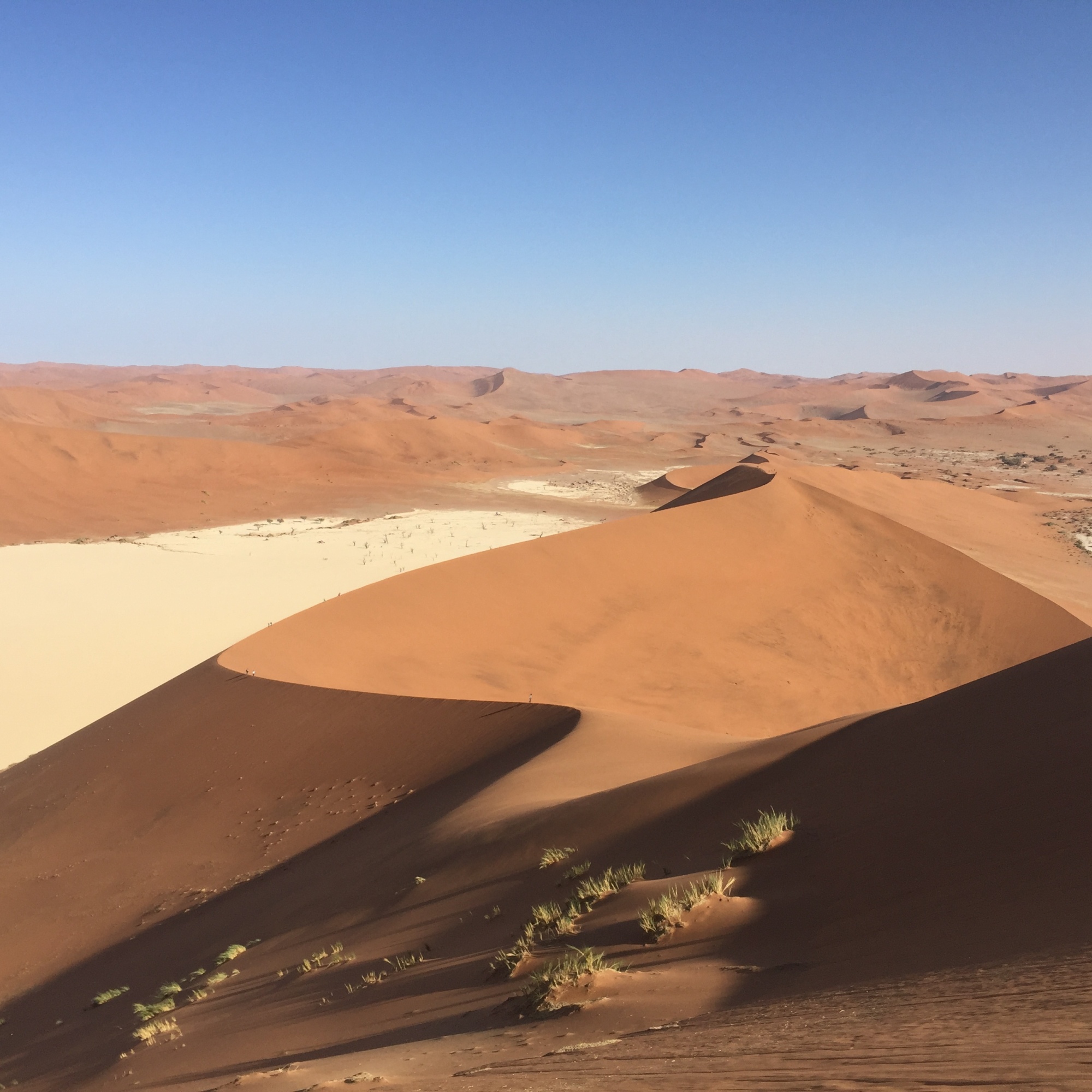
Travelling to Namibia has been one of the greatest experiences of my life, and I could not recommend it more highly. It is typically very safe, as either a solo or group party, and stunningly beautiful.
Thanks for reading, I hope you enjoyed! Why not check out the adventures from some of my other solo-travels?
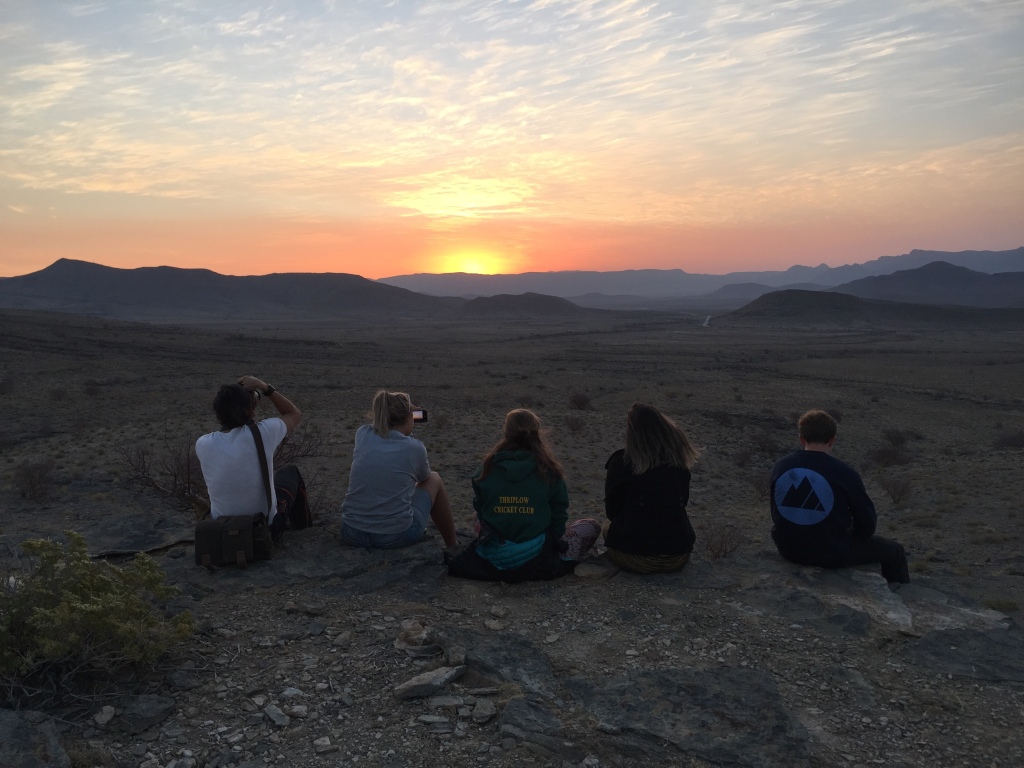
Why not check out the latest posts?
The ultimate victor is ‘sportswashing’
The 2022 men’s Football World Cup has finally drawn to a close, after several weeks of inane and underwhelming sport, where the greatest moments of excitement and controversy came off the pitch. Yes, Argentina won the tournament, but it would be difficult to crown any true champion other than the phenomenon of ‘sportswashing’. Spoken…
Me Time – a spectacularly weak entry into the buddy comedy genre
That pretty much summarises it all. Were it not for Kevin Hart repeatedly shouting the film’s title, you might forget which mediocre Netflix original was filling the space on your screen. Me Time unites Kevin Hart and Mark Wahlberg as the two leads, though neither develop their characters beyond their existing personas. The plot, if…
Our relationship with the environment must fundamentally change
I’ve been outside of the UK, but that hasn’t left me ignorant to the oppressive heatwave searing the country just weeks ago. Or perhaps a month ago. I actually have been distracted and have lost touch with domestic events. Anyway, historically, the heatwave was incredibly unusual. It should have been perceived as an alarming, panic-inducing,…

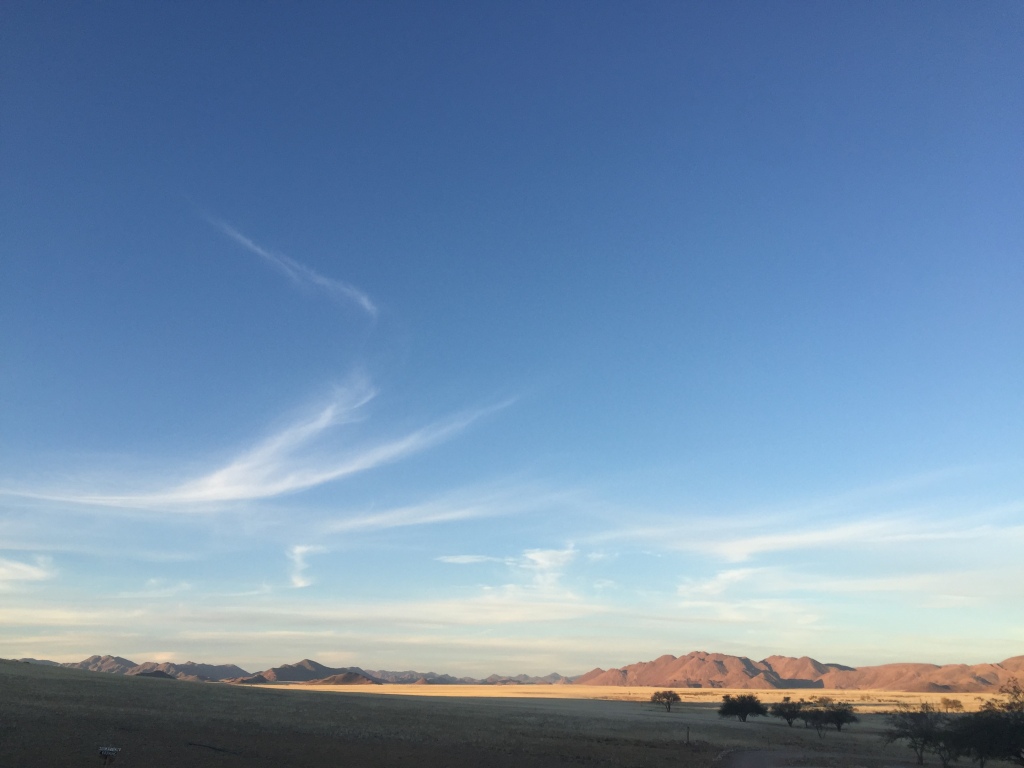
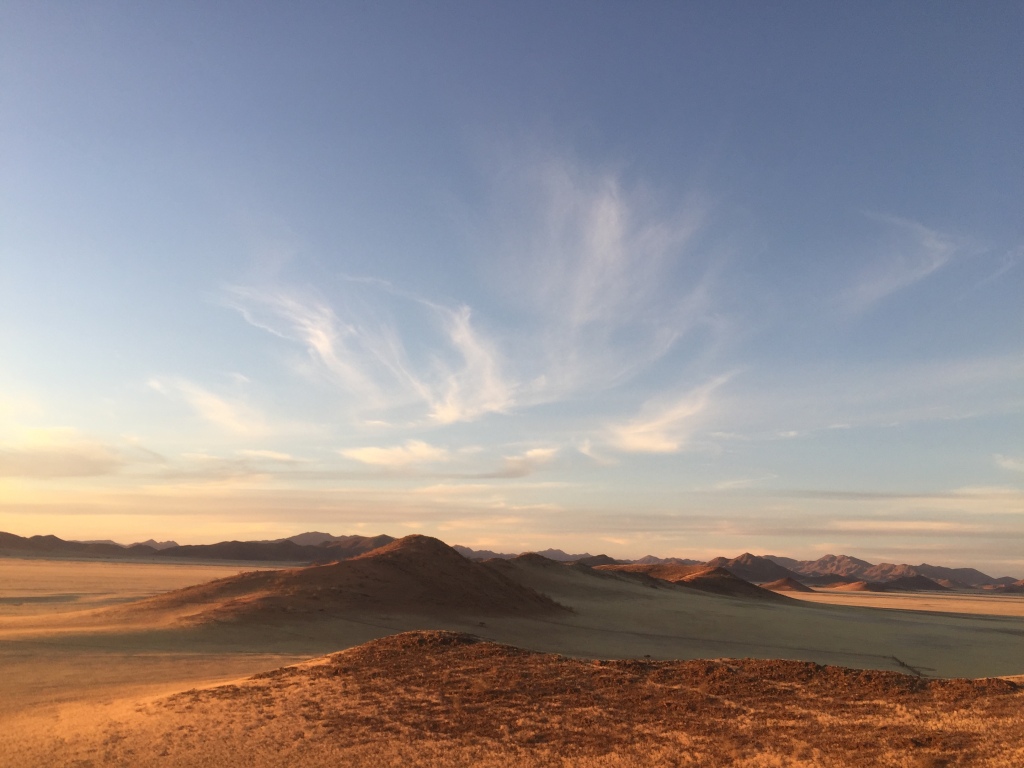
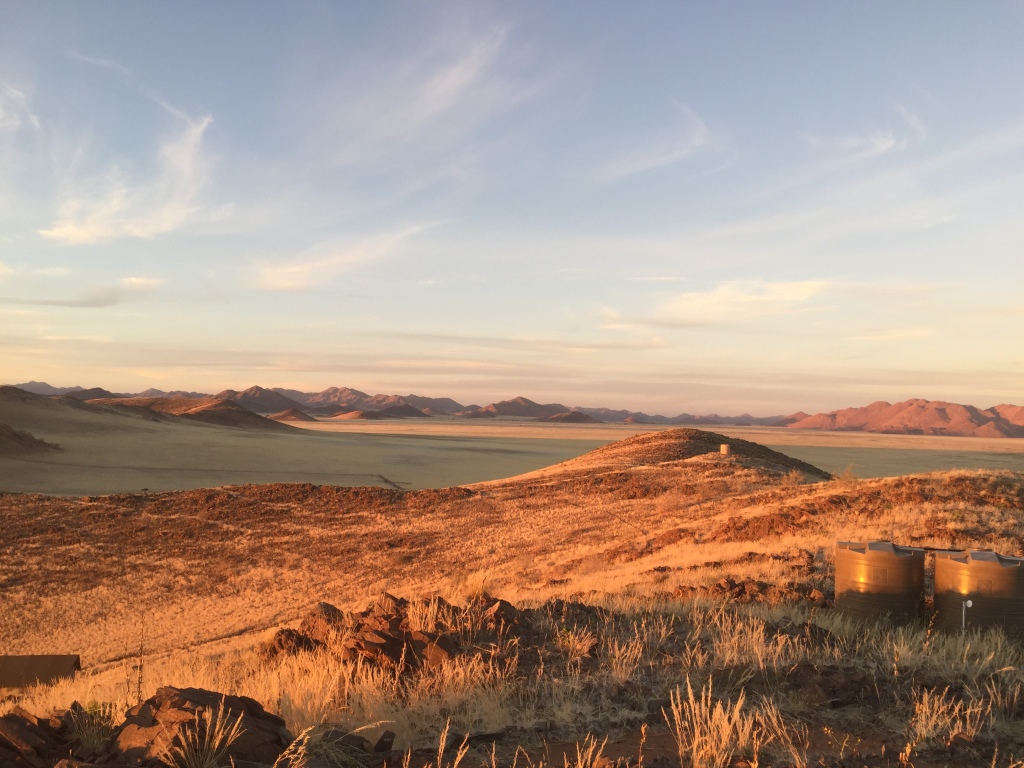
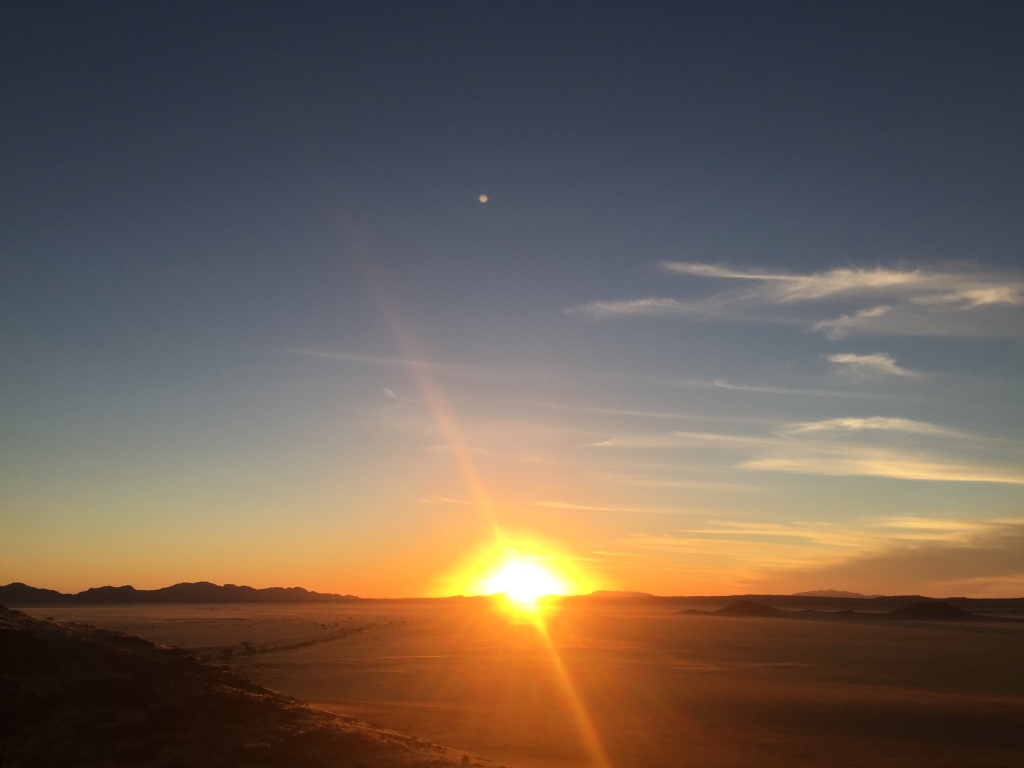





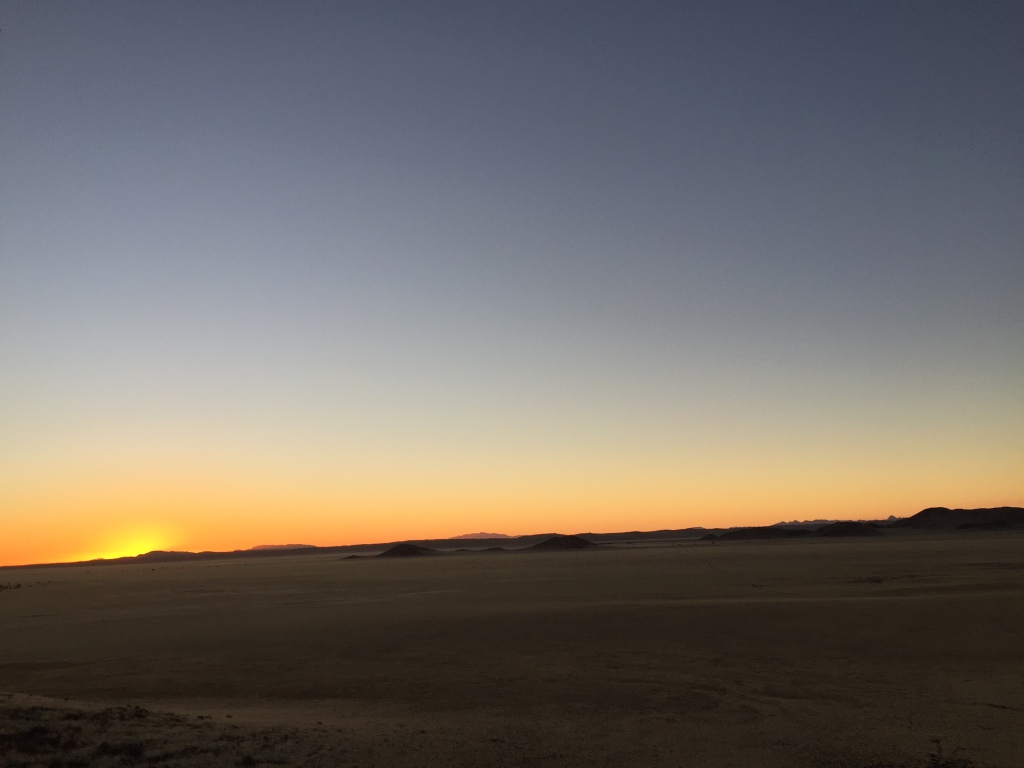
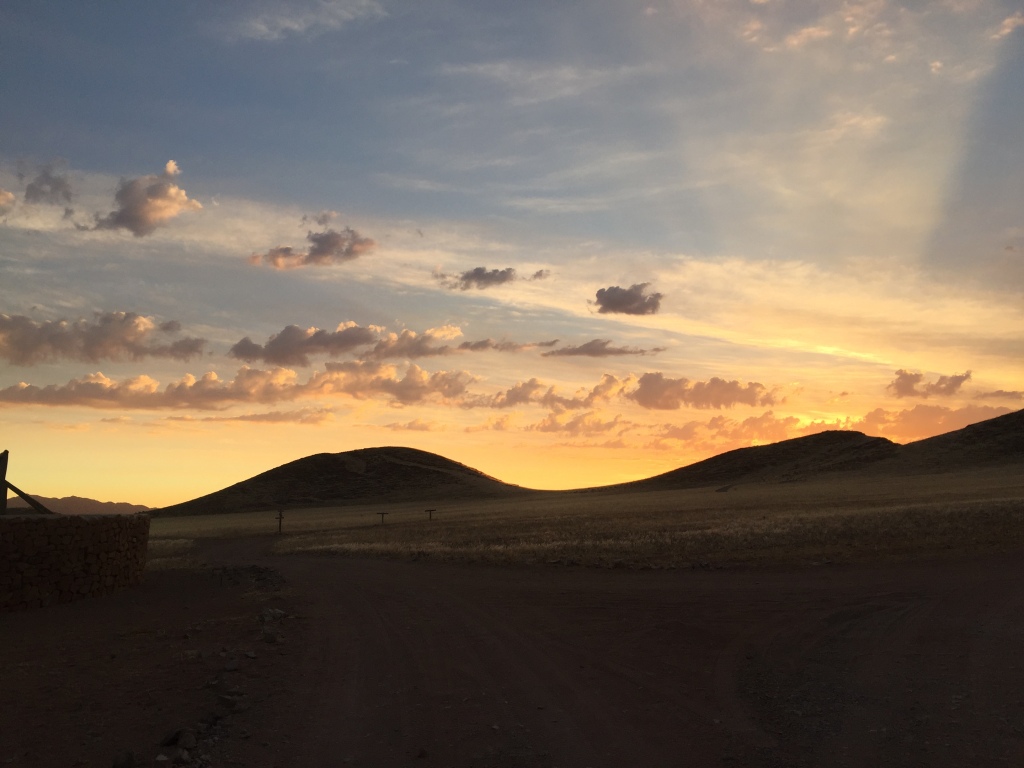
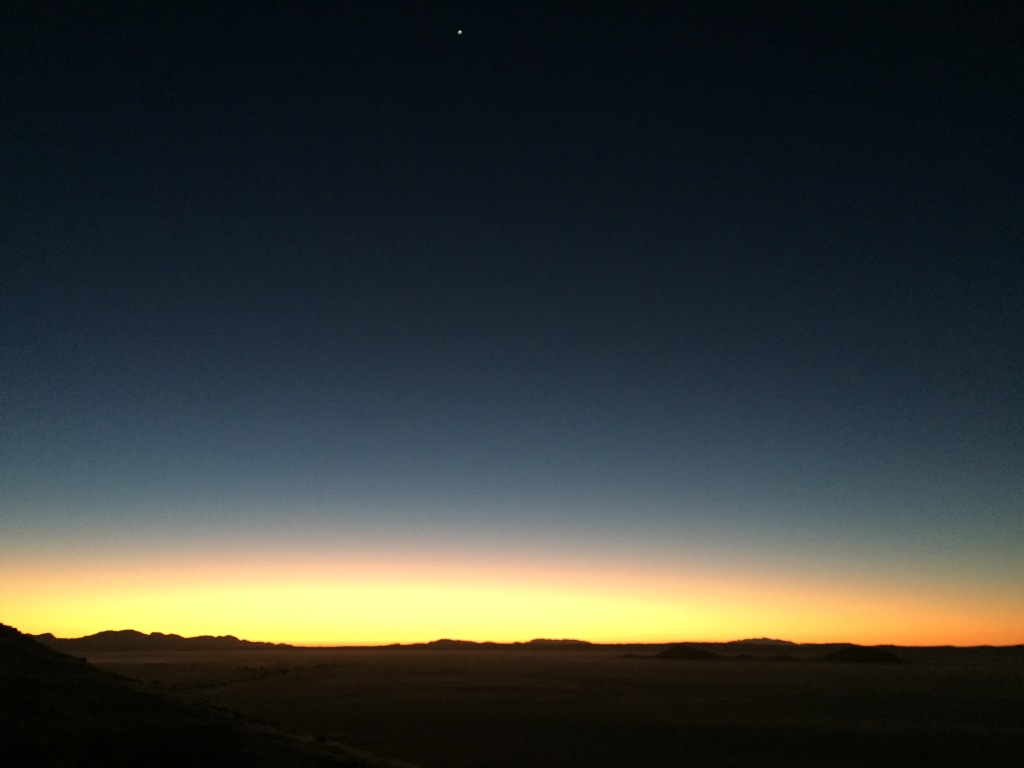


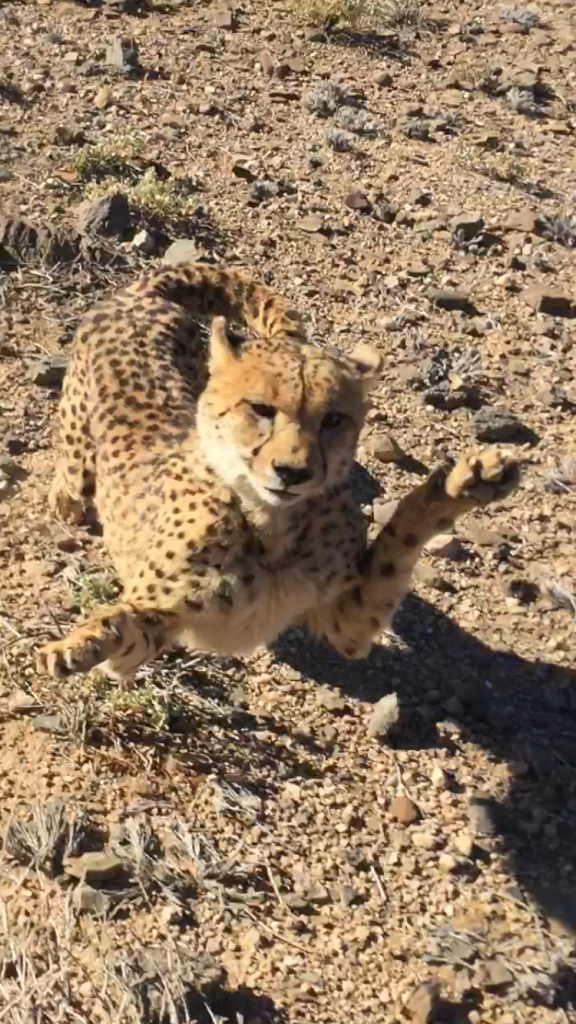


Wow, that was incredible, I’m so jealous. It must have felt so rewarding, I particularly like the fact that they highlight the importance of not indulging in ‘volunteering’ but seeing it as an opportunity to expand and develop oneself
LikeLiked by 1 person
It really is an incredibly special place – and I agree, made much more memorable by the extra respect granted to the wildlife
LikeLiked by 1 person
Wow – what a beautiful place and an amazing adventure!
LikeLiked by 1 person
I’m glad you agree! Though I struggle to imagine anyone wouldn’t – it’s truly such a lovely country
LikeLike
Excellent blog, really enjoyable to read. Certainly not a tale of woe!
LikeLiked by 1 person
I’m glad you enjoyed it! This one was very much a tale of joy, I agree
LikeLiked by 1 person
Wow. what an incredible adventure! It sounds like you had the best ever time away xx
LikeLiked by 2 people
It really was a phenomenal place, I almost don’t want to go back for fear it couldn’t live up to my memories – I’d highly recommend Namibia if you haven’t been. Thanks for reading!
LikeLiked by 1 person
I loved reading this and enjoyed the pictures so much – one day I will need to travel to Namibia and possibly use your recommendations for places to stay and visit x
LikeLiked by 1 person
Namibia is absolutely breath-taking – Naankuse are a great charity, and I’d 100% recommend both their sites Kanaan and Neuras as beautiful in their own, unique ways. Thanks for reading!
LikeLike
Namibia is beautiful and so is the people. I felt like I was there with you. You write beautifully
LikeLiked by 1 person
Thanks, I’m glad you enjoy the country as much as I did! The desert isolation is a captivating experience
LikeLike
What a wonderful story. I was in Namibia for three weeks a few years ago with a small group and it was definitely the most incredible trip I’ve ever taken. Thanks for sharing your experience!
LikeLiked by 1 person
It was my pleasure! I’m hoping to go back soon, it’s truly so remarkable
LikeLiked by 1 person
What an incredible experience! The pictures don’t even seem real, I can’t imagine seeing those animals and landscapes up close
LikeLiked by 1 person
It was surreal at times, feeling the sheer mass of desert all around, fueling this perfect isolation. Cheetahs are my favorite animals, and part of the reason I went, so being provided such an intimate encounter with them was magical. Thanks for reading!
LikeLike
Wow, this trip sounds like so much fun! I hope one day I will be able to volunteer or work at a wildlife sanctuary. The baboons look especially cute ❤ It must have been really amazing to see all those animals so close & the sunsets look incredible. It’s hard to imagine winter being 28 degrees 😱 Love this post x
LikeLiked by 1 person
Thanks so much! Every part of Namibia was wonderful, I’d recommend it so highly. The baboons certainly were characters, all of the babies were especially clingy! Hopefully you’re able to get away soon, it’s a combination of brilliant fun and doing good work!
LikeLiked by 1 person
Thank you for sharing! Namibia has been a place that I wanted to visit due to the natural beauty. Glad you had a wonderful trip!
LikeLiked by 1 person
Thanks! It’s such a wonderful location, I’d 100% recommend it and hope you find yourself out there soon!
LikeLike
Amazing local experiences, these monkey are so cute and tamed.
Thanks for inspiration, never thought about Namibia..
LikeLiked by 1 person
I’m delighted to give this unbelievable country more recognition! There’s so much diversity of different landscapes, all of which explode with unimaginable beauty. Walking with the baboons was very special, though ‘tamed’ might be an exaggeration!
LikeLike
What an amazing place and wonderful adventures! I’d love to experience all of these someday. Thanks for sharing your experience and all these great photos x
LikeLiked by 1 person
I’m glad you enjoyed them! Hopefully you are able to travel again soon, visiting Namibia is an unforgettable experience!
LikeLike
I visited Namibia years ago. First thing I told my parents I would love to move to Nambia. Didn’t happen. It just is a place where one can live. Thanks for your in-depth description of what you experienced.
LikeLiked by 1 person
It sounds like we had an identical realisation! There’s simply so much space and majesty to the land, it’s unparalleled. I’m delighted you enjoyed it as much as I did, I hope you find yourself there again some day
LikeLike
I don’t think I’ll travel to Namibia or South Africa anymore. I’m now in New Zealand which is also an awesome place to be.
LikeLiked by 1 person
Fair enough, New Zealand’s been on my bucket list for a while, but of course, that’s on hold right now
LikeLike
Everything is on hold at the moment. One day it might happen.
LikeLiked by 1 person
As long as you continue to regale me with such lovely experiences, I shall delight in traveling in your words! Love that you went out on horseback in this raw and beautiful country and were able to see so much of the wildlife.
I have read some sad stories about rhino poaching, so it is lovely to know the animals receive much-needed protection!
Thanks so much for sharing. ❤
LikeLiked by 1 person
Thanks! Namibia is a phenomenal place, and the vastness of the desert is staggering. With the restrictions of the pandemic, poaching has been severely restricting in 2020, so thankfully some populations have recorded few or no casualties too!
LikeLiked by 1 person